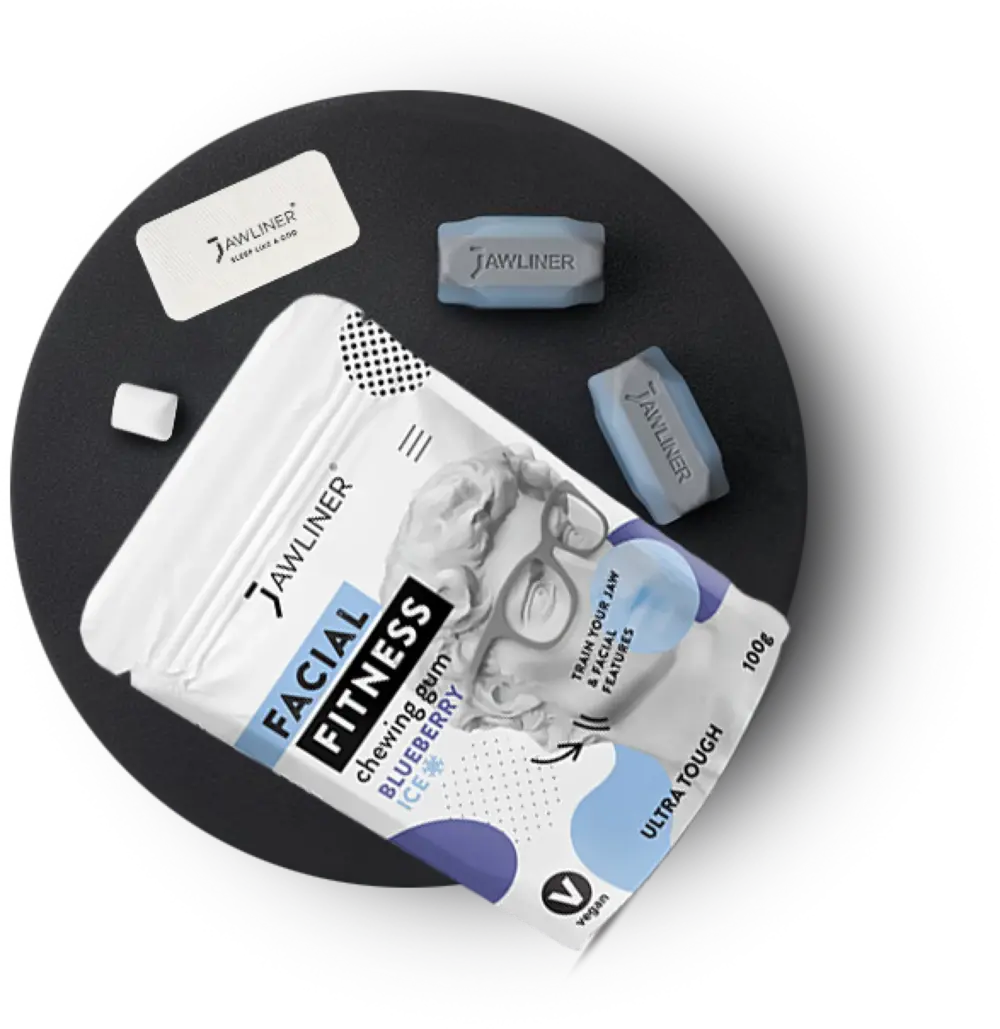Your body speaks even when you don't say a word. Every movement, every gesture, every expression on your face sends signals. Negative body language can reveal insecurity without you even meaning it to.
However, conscious gestures and facial expressions can change a lot. Often, a glance, a posture, or a smile is enough to send a completely different message. Find out what your body really expresses here.
What exactly is body language?
Body language encompasses everything you express with your body—without using words. This includes gestures, facial expressions, posture, movements, and even the sound of your voice. Together, they form the basis of all nonverbal communication.
An open gaze, steady hands, and an upright posture convey confidence and interest. Hectic gestures or a lowered head, on the other hand, often appear uncertain or distant. Your body does not react randomly: it reflects your thoughts, emotions, and your current state of mind—often before you even notice it yourself.
If you understand how these signals arise and work, you can use them to your advantage. Conscious body language not only changes how others see you, but also how you perceive yourself.
Strong facial muscles – More charisma with the Jawliner 3.0
Your face is constantly sending messages. Even slight tension in your muscles can change how others perceive you. A firm jaw and defined facial features convey determination, presence, and inner strength—qualities that are often associated with self-confidence.
With regular training, you can actively support this effect. The JAWLINE GUM was developed precisely for this purpose. This special training gum is up to 15 times harder than normal gum, making it ideal for intensive jaw workouts. By regularly chewing this fitness gum, you train your jaw muscles for a visibly more attractive facial contour. The result: a more pronounced jawline, a powerful expression, and body language that radiates self-confidence—even before you speak. Interpreting body language—how to read signals correctly
Interpreting body language is like deciphering a code. Every movement, every expression on your face, and every posture sends signals. If you learn to recognize them, you will understand more quickly what the other person is really thinking or feeling. Whether at the gym, on a date, or in conversation, your body reveals more about you than you think. A simple table explaining the meaning of body language will help you get started:
|
Upright posture |
Openness, self-confidence |
|
Open arms |
Openness, approachability, and self-confidence |
|
Eye contact |
Interest, self-confidence, and sympathy |
|
Straight shoulders |
Self-confidence |
|
Frequent nodding |
Agreement or impatience |
|
Stooped posture |
Insecurity, lack of self-confidence, shyness |
|
Crossed arms |
Defensiveness or insecurity |
|
Downcast eyes |
Shame, restraint, or thoughtfulness |
|
Raised shoulders or slumped shoulders |
Fear, stress, despondency, or exhaustion |
It is important never to evaluate signals in isolation. Only the situation, the conversation partner, and the combination of several movements provide a clear picture. This is how observation becomes true interpretation—and you understand what your counterpart really means.
The importance of gestures and facial expressions in everyday life
Gestures and facial expressions are the driving force behind your body language. Even small movements reveal how you feel or what you think – without any words at all. A brief glance, a smile, or raising your eyebrows can create closeness, show agreement, or signal interest.
Your hands, shoulders, and corners of your mouth also tell stories. An open palm is inviting, while crossed arms show defensiveness. If you unconsciously raise your shoulders, you appear tense or insecure. Even your facial expression changes the atmosphere of a conversation – friendly and attentive or closed and cool. If you learn to pay attention to these subtle signals, you will understand people better and be able to communicate more authentically in everyday life—whether at work, when flirting, or in conversation with friends.
Body language in job interviews – how to come across as confident
In a job interview, it's not just what you say that counts, but how you say it – and how you present yourself. Here are some things you should definitely pay attention to:
- Upright posture
- Firm handshake
- Direct eye contact
- Calm facial expression
- Slight smile
- Natural voice
Your body language can therefore determine how likable you are and how successful you are. If you use it consciously, you will make a positive impression—and show that you are aware of your charisma and use it deliberately.
Positive body language also helps you look your best in photos. Photogenicity is not innate, but can be trained with a few simple measures. You can find out more about this in our article Being photogenic: How to finally look better in pictures.
Boost your self-confidence through body language
Self-confidence starts in your head – it becomes visible through your body. An upright posture, open eye contact, and calm gestures send clear signals: you are present, focused, and at ease. Your facial expressions and voice reinforce this impression and make you appear confident, even if you are nervous inside.
Step by step to positive body language
Consciously training your body language not only strengthens your effect on others, but also your own sense of security. Even small changes—a deep breath, an open body position, or a firm stance—can noticeably increase your self-confidence. Step by step, your inner attitude will also change. You can find more tips for healthy self-confidence in our article Boosting self-confidence as a man: 5 exercises for greater inner strength.
Tips for confident body language
Convincing body language doesn't happen overnight, but it can be learned. Start with small steps:
- Be conscious of your gestures, your posture, and your voice in everyday life.
- Calm breathing and a firm stance also noticeably change your appearance.
- Observe how your counterpart reacts.
- Make sure you have a genuine smile and open eye contact
- In uncertain situations, signal openness with relaxed shoulders and open arms
With a little practice, you will develop a feel for your own signals and learn how to use them effectively. Step by step, you will become more authentic, more present, and more confident in your communication.
Body language in psychology – what studies show
In psychology, body language is considered the key to nonverbal communication. Numerous studies show that over 70% of interpersonal communication takes place without words. Particularly interesting: people first perceive the expression, gestures, and posture of their counterpart – only then do they notice the content and voice.
Psychologists emphasize that unconscious emotions are almost impossible to hide. People who are stressed, nervous, or insecure usually reveal this through subtle movements: restless hands or a quick glance to the side.
Your jaw also plays a central role in this context. Tense or cramped jaw muscles signal stress and insecurity, even if you feel calm inside. Targeted jaw training can strengthen the muscles and help you relax more consciously. This improves your charisma, gives your face more expressiveness, and also makes you appear more attractive at first glance. Frequently asked questions (FAQ) about body language
What body language conveys self-confidence?
Self-confident body language is characterized by an upright posture, open eye contact, and calm gestures. People who stand with both feet firmly on the ground, speak clearly, and sit upright automatically appear more confident and convincing.
How can you train your body language?
Observe yourself in everyday situations, pay attention to your posture, and practice specific movements in front of the mirror or during conversations. Even small changes—such as relaxing your shoulders or breathing more consciously—can significantly improve your charisma.
What does body language reveal about feelings?
Body language often reflects emotions more honestly than words. Joy is expressed in open gestures and a genuine smile, while tension or insecurity can usually be recognized by tense shoulders or avoided eye contact.
Are there cultural differences in body language?
Yes, gestures and facial expressions are interpreted differently depending on the culture. What signals openness in one country may be considered disrespectful in another—which is why cultural sensitivity is particularly important in international encounters.
What role do facial expressions play in body language?
Facial expressions are among the strongest nonverbal signals. Even the slightest movements of the lips or eyebrows can have a huge impact—they often show interest, agreement, or rejection even before you speak.
Why is body language so important at work?
Body language in everyday working life influences how competent, reliable, and likeable you are perceived to be. A clear, open posture creates trust—especially in conversations with customers, colleagues, or employers.






